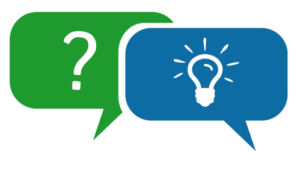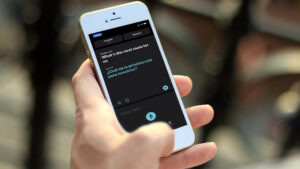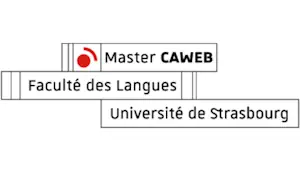The Difference Between UX and UI design
At a time when the digital industry develops at ever greater speeds, it’s not uncommon to face difficulties defining new notions and new emerging lines of work. It isn’t always easy to perceive the difference between UX and UI design, especially since the two concepts are both resembling and complementary. In the IT world’s slang, you’ll often hear about UX and UI, or User Experience and User Interface. If these two notions sound like gibberish to you, read the following and you might just understand it a little bit better.

UX is not UI but is UX
At times, UX is mixed in with UI. It means that the user experience is more or less limited to browsing a website with an intuitive design in order to access information without having to type lines upon lines of code. In fact, the user interface is the link between the human and the machine. It’s the “finished product” offered to the internet user, which allows them to browse your website without having to invest too much effort into doing so.
UIs are brainstormed and different approaches come out of it: which typography to use? How to organize the information to make browsing the website as intuitive as possible? In short, UI is the sum of the organization of graphical and textual elements to make it visually appealing.
But to make for a comfortable and, dare I say, memorable, user experience, a well-polished UI won’t cut it. It’d be a bit like wrapping an empty cardboard box in fancy wrapping paper. Indeed, the UI most result from a more in-depth work, that of the User Experience, which amounts to the global consideration of the user’s needs. The real challenge of UX is to bring efficient solutions to the needs of and numerous problems faced by internet users. In short, thinking up a concept revolving around the user.
Experience design
When is it appropriate to talk about “experience design”? Since we made the whole concept of “experience” clearer, we must now think about it, imagine it, design it, and create it. Its design must provoke the experience, and the user experience must be the right one. It’s important to understand that design doesn’t just mean picking up a brush in Photoshop and making cool squares here and there. Here, the word “design” is closer to “conception” than it is of “visual creation”. In the world of “experience design”, the design, by itself, is worthless if he doesn’t take into account user experience.
The UX designer vs they UI designer
The interface designer will wonder “What color should that button be for it to really stand out at first sight?”. But before that, the experience designer  will have asked himself “Do we really need that button?”. That conception could apply to something completely unrelated to the world of IT.
will have asked himself “Do we really need that button?”. That conception could apply to something completely unrelated to the world of IT.
Let’s role play
Let’s take a car manufacturer as an example:
UI Designer: “How can we make that side-view mirror the most beautiful in the whole car industry?”
The answer: “I will look at the most beautiful ones on the market today, get inspired, and create.”
UX Designer: “Do our clients use side-view mirrors?”
The answer: “I will carry out market research, ensure that tests are performed and draw conclusions from there.”
Conclusion
UI Designer and UX Designer are different jobs that need each other in order to create a successful user experience. That’d be the outline of the idea. The two jobs are often get confused, but you have to understand that a good designer, a real good one, can reflect upon his users and draw conclusions, all the while answering the problems we mentioned earlier.
The UX designer focuses on both the emotional and psychological aspects of the user experience. It’s really close to what an interaction designer would be. It also implies sharing the results of their research about client feedback during the use of the product in order to create an optimal, perfected interface. Being a UI designer on the other hand, is linked to the practical elements of interface creation. It means being an expert on the interactive tools they work with. However, a UI designer is prone to sometimes forgetting the overall feeling generated when someone is using their application. And that’s when the UX designer kicks in in a complementary manner.
To go further down the rabbit hole regarding that subject, you may also want to read our article: “How to choose your UX designer”. Even though both concepts can’t be taken away from one another, they can’t be assimilated and confused between.
To limit one’s vision solely to user experience or user interface does not allow for a completed final product. A final product is an intuitive, functional interface that holds its promises and (especially important) that fits your audience.
Article written by Adelina Garifulina, CAWEB Master’s






